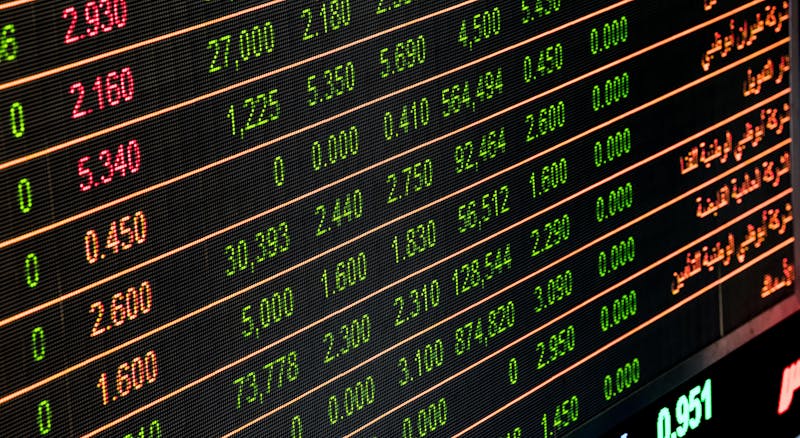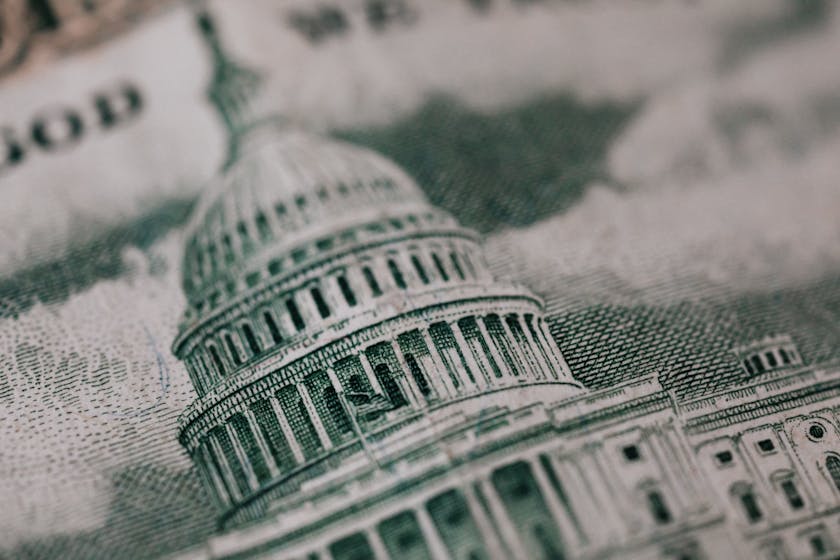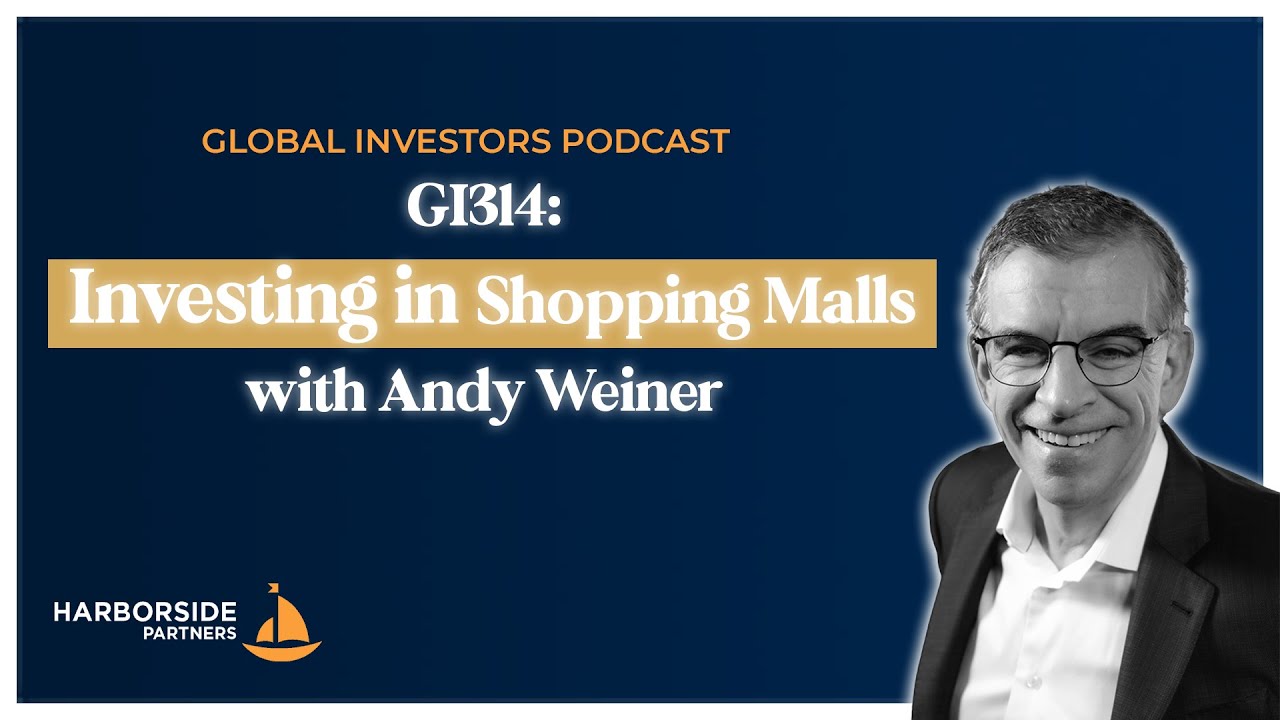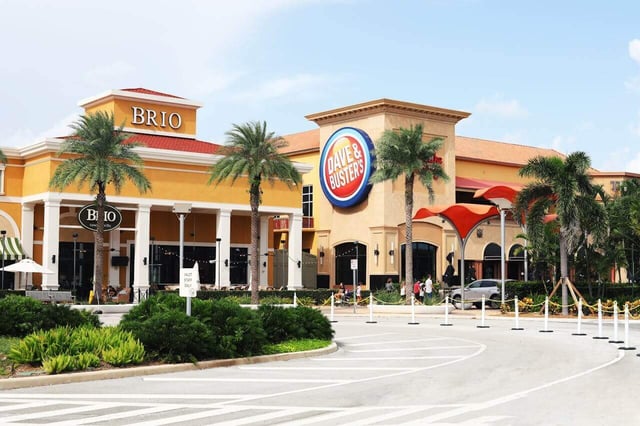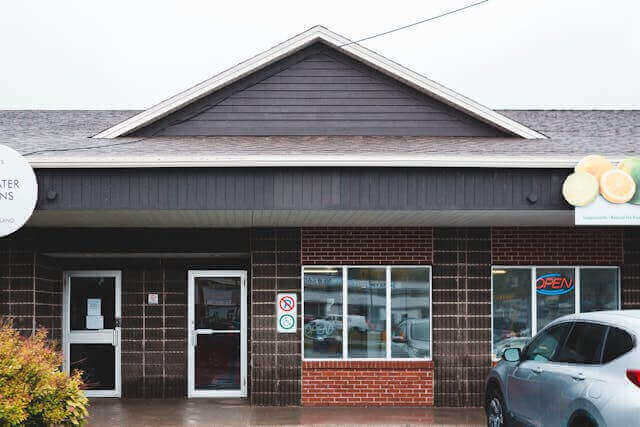The Official Retail Investing Cycle, Now Decoded For Beginners
August 11th, 2025
5 min read
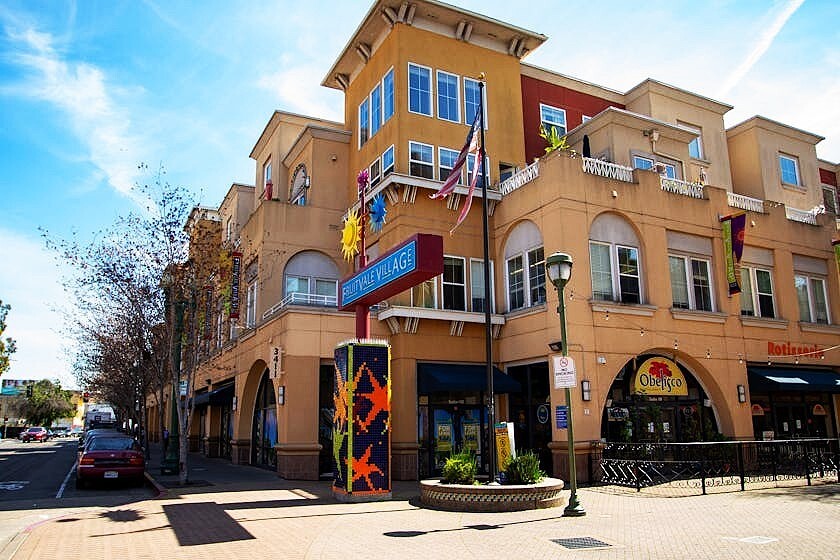
The retail investing cycle charts a property’s journey from concept through acquisition, design, construction, lease-up, operations, and finally disposition or reinvestment. Recognising each stage—market research, site control, build or renovation, tenant stabilisation, asset management, and exit strategy—helps align your timing, risk, and returns.
Most retail real estate fortunes are made or lost in the six months before a single shopper ever walks through the door.
Retail real estate is a lot like putting on a stage show. There's the opening act, the big reveal, and eventually the finale. Each part depends on the one before it, and when everyone performs their role well, the result is a smooth production. Miss a cue, and the whole thing can lose energy.
Understanding The Investment Cycle
The retail investment cycle is the sequence of events that takes a property from concept to a profitable, stable asset. If you are new to commercial real estate, knowing these steps is more than helpful. It shows you when to enter a deal, how to spot challenges, and how long it may take before returns start to flow.
Retail differs significantly from other property types because it is driven by where people shop, what they buy, and how often they visit. Trends, seasons, and local events can dramatically influence performance. If apartment investing is a steady stream, retail is more like the tide, with opportunities that must be timed carefully.
The Seven Stages Of Retail Investments
Stage 1: Market Research And Feasibility
Before money changes hands or plans are drawn, every retail investment begins with a thorough examination of the market. This stage determines whether there is enough demand for the type of center you want to create or buy. Skipping it can lead to owning a property that looks good on paper but fails to attract shoppers.
Key Responsibilities:
- Investor: Identify submarkets with the right mix of foot traffic, spending power, and unmet retail needs.
- Developer: Review zoning, site access, and competition.
However, counting rooftops is only part of the analysis. Understanding how locals shop and what would convince them to visit your center is essential.
Example: A suburb with many families but no grocery store might seem ideal. Yet if residents already shop elsewhere or prefer ordering groceries online, demand may not be strong enough to support a new store.
Stage 2: Acquisition Or Site Control
With solid market research confirming viable demand, the focus shifts to turning opportunity into reality. Once the research proves there is potential, the next step is securing the location. This is where an idea becomes a tangible opportunity, and the property you choose will significantly influence the design, tenant mix, and the overall potential of the investment.
Key Responsibilities:
- Investor: Buy the property at a price that allows room for value growth.
- Developer: Use purchase agreements or land options to secure the site while plans are being developed.
The property could be a prime parcel for new development or an existing center ready for a new strategy. Getting control of the right site forms the foundation for everything that follows.
Stage 3: Design, Permitting, And Pre-Leasing
Site acquisition is just the beginning—now the real planning begins. With the property secured, it's time to design both the physical space and the tenant lineup. This stage is crucial because the right design and pre-leasing commitments reduce risk, attract financing, and establish the center's long-term performance.
Key Responsibilities:
- Investor: Review plans, approve the tenant mix, and confirm key leases before moving forward with financing.
- Developer: Coordinate architects, engineers, and city approvals while securing commitments from major tenants.
Retail relies heavily on synergy. A strong anchor tenant, such as a grocery store, attracts steady foot traffic that benefits smaller shops. Pre-leasing ensures those anchors are locked in before construction begins.
Stage 4: Construction Or Renovation
When the blueprints are finalized and key tenants are committed, it's time to build. At this point, the vision begins to become a reality. The construction or renovation phase is where the most visible progress happens, but it's also where delays and cost overruns can derail a project. Staying on budget and schedule is crucial for protecting returns.
Key Responsibilities:
- Investor: Monitor budgets, approve financing draws, and track project timelines.
- Developer: Oversee contractors, coordinate tenant buildouts, and ensure the project is delivered as promised.
Timing matters significantly here. Missing a key shopping season, such as the holidays, can slow leasing momentum and delay income. Construction schedules often work backward from planned opening dates to ensure optimal timing and coordination.
Stage 5: Lease-Up And Stabilization
As construction wraps up and the grand opening approaches, the focus transitions from building to filling. Once the property is ready, the goal shifts to filling it with tenants and reaching consistent performance. This stage matters because the tenant mix will determine how often customers return and how much they spend during each visit.
Examples Of Strong Synergy:
- Coffee shop with a grocery store for regular weekly visits
- Gym paired with a smoothie bar for health-focused traffic
- Boutique next to a restaurant for longer shopping trips
Main Objectives During This Stage:
- Reach occupancy targets with tenants that complement each other
- Keep marketing active to build momentum
- Monitor tenant sales and adjust support as needed
Stage 6: Asset Management And Operations
Reaching stabilization marks a major milestone, but the work is far from over. After the center is stabilized, the focus shifts to maintaining its profitability and relevance. This stage is ongoing and matters because it protects your investment and can increase its value over time.
Key Responsibilities:
- Maintain facilities to create a pleasant environment for shoppers
- Address tenant issues quickly to avoid vacancies
- Adjust the tenant mix to match shifting consumer trends
A well-managed property anticipates market changes and adapts before performance suffers, making proactive management essential for long-term success.
Stage 7: Disposition Or Reinvestment
After years of successful operations, every investor faces a crucial decision point. Every investment eventually reaches a point where you decide whether to sell or hold. This stage is important because the decision will determine how you realize returns and whether you use those returns to fund future opportunities.
Selling a retail property is similar to selling a business; buyers want to see strong financial performance and a low risk of vacancy.
However, selling isn't always the best option. Investors may choose to:
- Refinance and use equity to fund another project
- Reposition with new tenants or upgrades to capture more market share
How Retail Differs From Other Sectors
Now that we've walked through the complete cycle, it's important to understand what makes retail unique. Understanding how retail's cycle differs from other property types helps set realistic expectations. These differences explain why some strategies that work for apartments or offices may not apply to shopping centers:
- Tenant mix is essential: Office and industrial properties often rely on single tenants; retail needs a balanced lineup
- Consumer behavior risk: Shopping habits and e-commerce trends can shift quickly
- Pre-leasing importance: Major tenants are often secured before building starts
- Seasonality: Holiday periods and shopping cycles can create revenue swings
Retail Cycle Pitfalls vs. Strengths
Understanding these differences is crucial, but successful retail investing also requires awareness of both the challenges and advantages you'll encounter. Knowing the strengths and weaknesses of retail helps you plan and avoid costly surprises.
Common Pitfalls:
- Relying too heavily on a single anchor tenant
- Ignoring the effects of e-commerce
- Underestimating buildout costs
- Overlooking co-tenancy clauses
Key Strengths:
- Long-term triple-net leases that shift expenses to tenants
- Rent increases that help offset inflation
- Visibility and traffic from quality anchors
- Redevelopment potential for added value
Why This Matters For Investors
The retail investment cycle is more than a sequence of steps—it provides a framework for determining when to buy, how to manage, and when to exit for optimal results. Understanding the cycle helps you align your strategy with the stage that fits your goals and risk tolerance.
A property in the right stage can deliver strong returns for years, while a poorly timed purchase can struggle even in a favorable market.
Reflecting On The Dynamics Of The Retail Cycle
Retail real estate blends measurable metrics with a sense of place. The numbers (lease terms, occupancy rates, and net operating income) keep the investment sound. The sense of place (creating somewhere people want to visit) keeps it alive.
The retail investment cycle is a dynamic process shaped by shopper behavior, market trends, and community needs. Understanding how each stage works enables investors to select their entry point wisely and effectively manage properties for long-term success.
At its best, retail investing creates more than income. It creates destinations that serve a community and remain relevant for years to come.
Additional Resources For Continued Learning
Want to keep building your retail real estate knowledge? Explore these free resources:
RockStep Capital Learning Center – Access educational eBooks, in-depth articles, and practical guides tailored for both new and experienced retail real estate investors.
The Shopping Center YouTube Channel – Watch beginner-friendly introductions to key investing concepts, plus behind-the-scenes vlogs of RockStep Capital's operations, property tours, and expert insights.
Both resources are designed to help you deepen your understanding of the retail investment cycle, improve your decision-making, and see real-world examples of successful shopping center strategies in action.
Topics:








